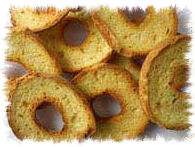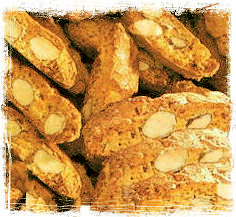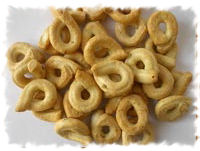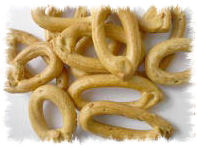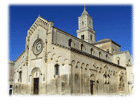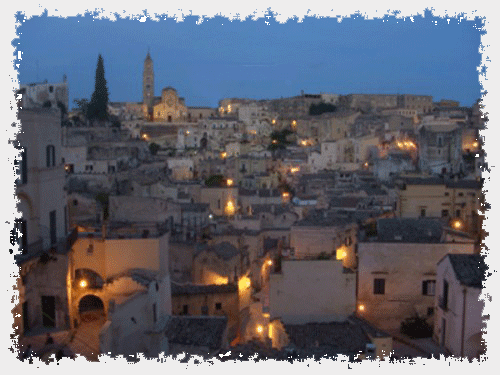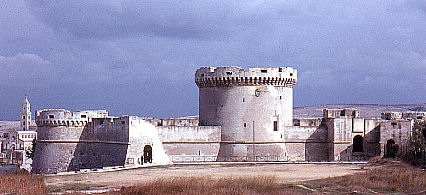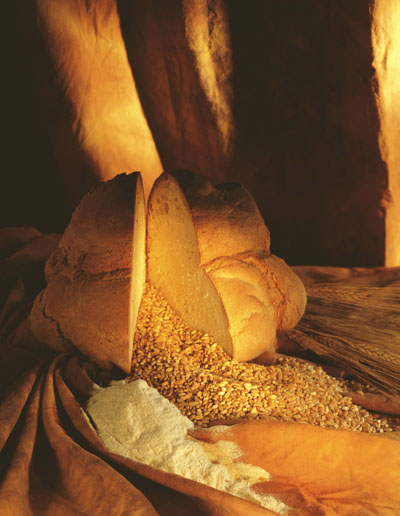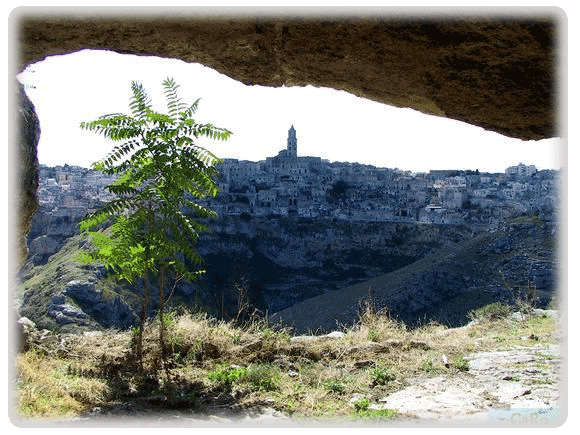
Maked in the tradition
.............................................................................................
"Matera bread" - that obtained in 2004 the IGP label (Geographical Protected Identification), from the European Community, according to the CEE Rule 2081/92 - is made exclusively from the "fine durum wheat semolina" by mixing the varieties of hard wheat cultivated on the Matera hills and on the highlands of the north-central Murgia which are the most extensive and important areas of wheat production in Basilicata and in Puglia.
Full of history and of tradition, the "Matera bread" is good just because of the



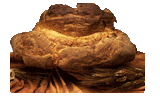




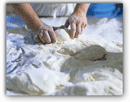
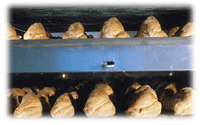
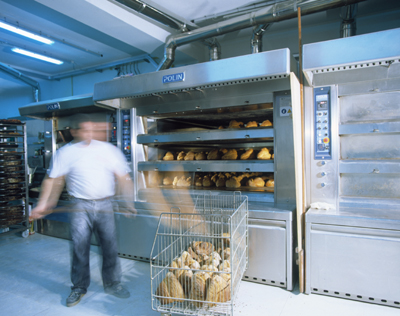
the special raw material used, the "fine durum wheat semolina", (plus water, marine salt and yeast) and because of a traditional working process (articulated in five stages:1. Dough; 2. Forming; 3. Yeast; 4. Shaping; 5. Cooking in the oven fed with firewood or with other source of energy). And thanks to the winning combination of these two elements, the genuine high-quality ingredients, the method of processing and preserving the instruction guides of the local tradition, eventually the "Matera bread"
Bread is the long shelf life (the bread keeps the good taste as late as two/three days from the date of take out of the oven).
The "Matera bread" in its traditional "high" and "low" shapes (so called "high-bread" and "low-bread") and in its most popular and unusual shape, so called "croissant-bread" (since its shape reminds the famous small rounded sweet brioche well-known all over the world), shows on the outside a pleasant crust of brown colour, and in the inside a soft part of yellow flaxen colour.
As you can imagine, today the Matera bread is no more produced at home, but in artisan
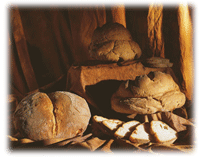
artisan bakeries, still able to keep both the use of excellent raw material (like the fine durum wheat semolina), and the traditional working process (natural yeast, hand-made shaping, baking in wood oven), so to produce an extraordinary product still according to the secrets of the ancient recipe that was handed on from father to son. Mainly in the last years, the "Matera bread" has also been in the middle of an
of an intense industrial production, answering to the demand and the taste of the market. Nevertheless, at the same time, it is still strongly tied to the tradition
tradition, keeping the original identity of shapes and ways of processing, in a context characterized by processes of technological modernization and by a continuously improved automation.
Therefore we can state in conclusion, that despite the changes and the adaptations that took place, the bread currently baked in Matera may be regarded as descending directly from the bread of those peasants and shepherds according to a breadmaking tradition that has continued unbroken since the Middle Ages, baked inside the traditional and characteristic small local bakeries as well as inside the more equipped, but not less careful of the tradition, industrial bakeries of the city.
and shepherds according to a bread making tradition that has continued unbroken since the Middle Ages, baked inside the traditional and characteristic small local bakeries as well as inside the more equipped, but not less careful of the tradition, industrial bakeries of the city.
In the tradition of the Materano bakers, there also are some preparations with a base of common wheat flour of the "0" type (the type of flour used for sweet cake). This is the case, for example, of the good salt biscuits called "scaldatelle", flavored our famous Lucano Olive-Oil and with our nice local white wine and seasoned with fennel seeds or with chili pepper,
with chilipepper, or with onion, sesame seeds, pizza, carrots, olives or made also with wholemeal flour; we should also bring to mind the materano "cantucci" (called "cantucci dei Sassi"), little sweet biscuits seasoned with burnt almonds or with little scraps of chocolate, the dough of which is made, along with the flour and yeast, with the addition of small quantities of olive-oil: their requisite is that they are crunchy. It's also the case of the so called materano "pastarelle" or of the "biscotti" flavoured with white wine, or seasoned with soya flour or with wholemeal flour, maked just with wheat flour with the addition of fresh eggs and extra-virgin olive oil or vegetable margarine and other natural flavours.
But durum wheat semolina is practically the overall base of all the relevant preparations both for bread and for pasta. The great majority of first course dishes in the regional cuisine has this ancient cereal as their main ingredient, and it is has been cultivated here
here from times immemorial. In the end, we can remember another typical materano product, the so called "frise" (or "friselle"), slices of bread made from durum wheat semolina, yeast, salt and water which undergo a process of toasting in the oven: soaked in water and vinegar, they are used as the base of summer salads with tomatoes, onions and other vegetables, dressed with the oil of the region, or alternatively, they are placed in in the bottom of a bowl containing a vegetable soup, or other similar preparation.
.....................................................................................................................................................................................
